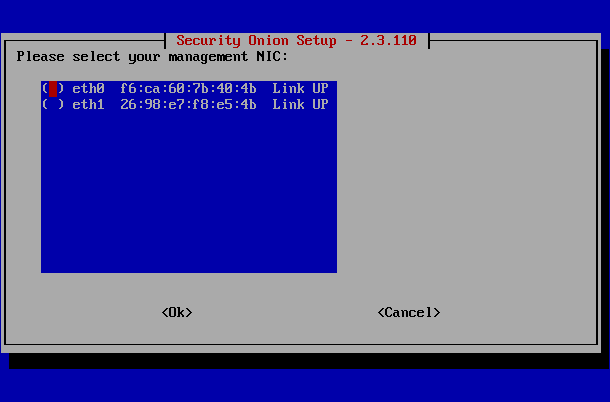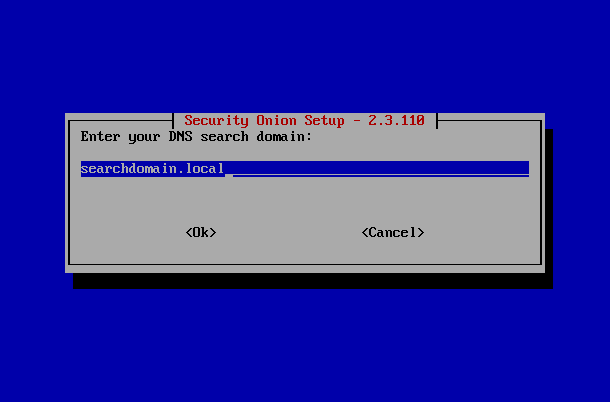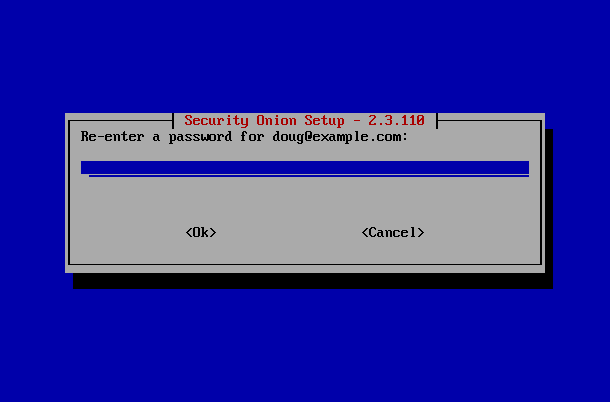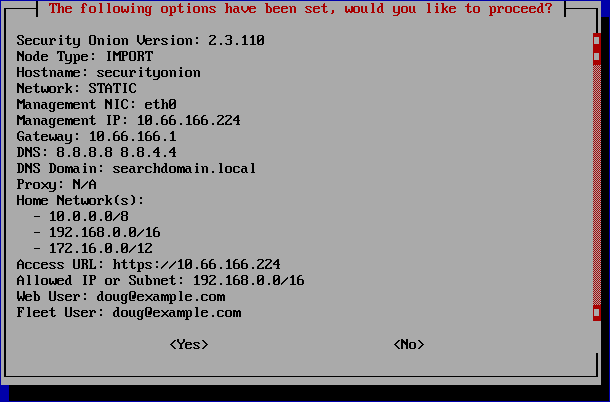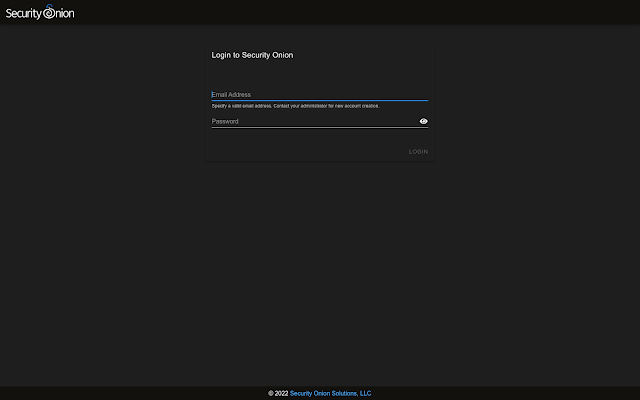Security Onion 2.3.110 is now available! It includes new features and resolves a few issues:
https://docs.securityonion.net/en/2.3/release-notes.html#changes
Highlights
This release includes our new Intrusion Detection Honeypot (IDH) node! You can learn more about that here:
https://docs.securityonion.net/en/2.3/idh.html
Another highlight of this release is Multi-Factor Authentication (MFA) and you can learn more about that at:
https://docs.securityonion.net/en/2.3/mfa.html
We've put a substantial amount of effort into improving the Elastic backend in this release:
- full Elastic Common Schema (ECS) data type compliance, which includes changes for our Hunt queries and Kibana dashboards
- legacy index templates have been replaced with composable index templates, comprised of multiple component templates that define field mappings and other settings
- Zeek DNS logs now go to a separate so-zeek_dns index
- reworked the process for loading ingest pipelines, Elasticsearch templates, and Kibana dashboards to be faster and more resilient
- renamed some field names:
- ingest.timestamp --> event.ingested
- dns.answers --> dns.answers.name
- syslog.facility --> syslog.facility_label
- syslog.severity --> syslog.severity_label
Finally, this release also updates many components including:
- Elastic 7.17.1
- FleetDM 4.10.0
- Grafana 8.4.1
- Kratos 0.8.2-alpha.1
Known Issues
Please be aware of the following known issue:
https://github.com/Security-Onion-Solutions/securityonion/discussions/7545
TheHive
As a reminder, we are transitioning from TheHive to Cases. Existing installations with TheHive enabled will still be able to use TheHive and access their existing TheHive data for a very short time. However, new installations will not be able to enable TheHive. We will stop including TheHive container images starting in Security Onion 2.3.120, currently scheduled for release in April 2022. From that point forward, users running the current version of Security Onion will no longer be able to natively run TheHive on the platform and our support for TheHive on Security Onion will end. Users wishing to continue using TheHive on Security Onion should plan to migrate to an external instance of TheHive. For now, users will still be able to escalate events from Security Onion Console to external instances of TheHive version 3.
Documentation
You can find our documentation here:
https://docs.securityonion.net/en/2.3/
Documentation is always a work in progress and some documentation may be missing or incorrect. Please let us know if you notice any issues.
New Installations
If you want to perform a new installation, please review the documentation and then you can find instructions here:
https://docs.securityonion.net/en/2.3/download.html
Existing 2.3 Installations
If you have an existing Security Onion 2.3 installation, please be aware that custom settings in Kibana may be overwritten during upgrade. If possible, we recommend that you test the upgrade process on a test deployment before deploying to production. If you have a distributed deployment, then we recommend monitoring SOC Grid while your update is running to verify that all nodes update properly. If there are issues, you can review logs, services, and containers for any additional clues. If you need help, please see our support information below.
For more information about the update process, please see:
https://docs.securityonion.net/en/2.3/soup.html
AWS Marketplace
For new Security Onion 2 installations on AWS, Security Onion 2.3.110 will soon be available on AWS Marketplace via the official Security Onion 2 AMI:
https://securityonion.net/aws/?ref=_ptnr_soc_blog_220309
AMI Documentation:
https://securityonion.net/docs/cloud-ami
Existing Security Onion 2 AMI users should use the "soup" command to upgrade:
https://docs.securityonion.net/en/2.3/soup.html
Azure Marketplace
For new Security Onion 2 installations on Azure, Security Onion 2.3.110 will soon be available on the Azure Marketplace!
https://securityonion.net/azure
Azure Documentation:
https://docs.securityonion.net/en/2.3/cloud-azure.html
Existing Security Onion 2 users on Azure should use the "soup" command to upgrade:
https://docs.securityonion.net/en/2.3/soup.html
Security Onion 16.04 EOL
As a reminder, Security Onion 16.04 has reached End Of Life (EOL):
https://blog.securityonion.net/2021/04/security-onion-1604-has-reached-end-of.html
If you're still running Security Onion 16.04, please see the following for upgrade options:
https://docs.securityonion.net/en/2.3/appendix.html
Questions or Problems
If you have questions or problems, please see our community support forum guidelines:
https://docs.securityonion.net/en/2.3/community-support.html
You can then find the community support forum at:
https://securityonion.net/discuss
Thanks
Lots of love went into this release!
Special thanks to all our folks working so hard to make this release happen!
- Josh Brower
- Jason Ertel
- Wes Lambert
- Josh Patterson
- Mike Reeves
Training
Need training? Start with our free Security Onion Essentials training and then take a look at some of our other official Security Onion training!
https://securityonion.net/training
Hardware Appliances
We know Security Onion's hardware needs, and our appliances are the perfect match for the platform. Leave the hardware research, testing, and support to us, so you can focus on what's important for your organization. Not only will you have confidence that your Security Onion deployment is running on the best-suited hardware, you will also be supporting future development and maintenance of the Security Onion project!
https://securityonionsolutions.com/hardware
Screenshot Tour
If you want the quickest and easiest way to try out Security Onion 2, just follow the screenshots below to install an Import node and then optionally enable the Analyst Workstation. This can be done in a minimal VM with only 4GB RAM! For more information, please see:
https://docs.securityonion.net/en/2.3/first-time-users.html



























